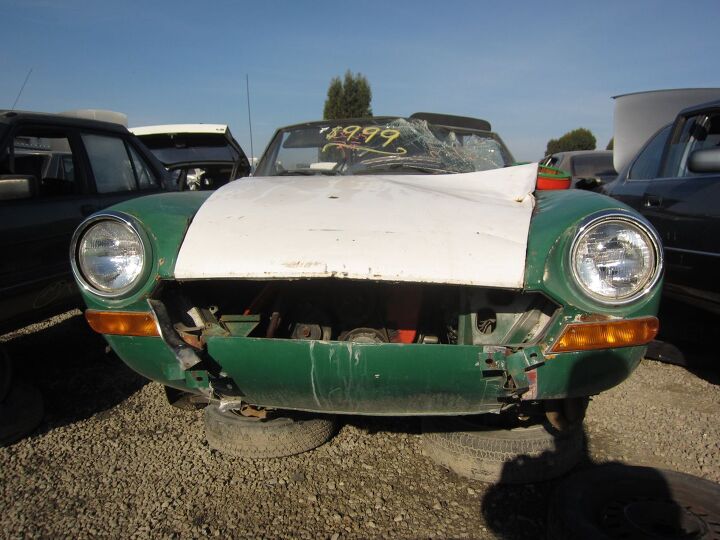#FiatSpider
Top-Down Pricing: 2017 Fiat 124 Spider Starts at $25,990
Fiat Chrysler Automobiles has announced pricing on the 2017 Fiat 124 Spider, touting it as America’s least expensive turbocharged convertible.
With an MSRP of $24,995 (plus $995 destination), the Spider tops the base price of its platform mate — the Mazda MX-5 Miata — by $255. Luxury (“Luzzo”) models will go for $28,490, while the performance-oriented Abarth model starts at $29,190.
2016 Geneva Motor Show - Only the Best and Brightest
The Geneva Motor Show rolls out each year much like the Academy Awards — plenty of glitz and glamour, limited diversity, and most of the attendees are from the high end of the market.
This year’s show has seen a lot of range-topping models and an underlying theme of reinvention, which isn’t surprising given the current state of flux in the automobile industry. Utility-minded body styles are continuing to draw buyers away from traditional coupes and sedans, while electricity continues to grow as an alternate propulsion form.
Geneva also serves as a launching pad for vehicles bound for the New York International Auto Show, which takes place at the end of March.
Junkyard Find: 1971 Fiat 124 Sport Spider
In my 30 years of crawling through junkyards, one thing has remained constant: there’s almost always a Fiat 124 Sport Spider to be found. Crusher-bound 124 Spiders are about exactly as common now as they were in the early 1980s, and I suspect they’ll be just as common in 2032. I usually don’t even bother to photograph them (though I have documented this ’78 and this ’75), but lately I’ve developed some affection for the sports car that made the MGB seem reliable. Here’s one— a little older than most— that I spotted in a Northern California yard earlier in the month.


















Recent Comments